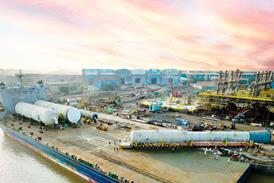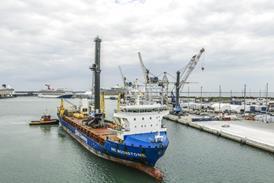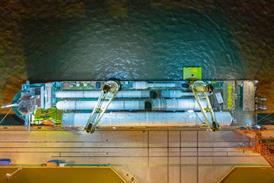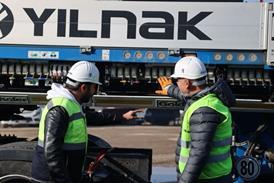The Global Wind Energy Council (GWEC) has issued its 2024 Global Offshore Wind report. There is optimism about the sector, although there are concerns around supply chain resilience and the immediate prospects for floating projects.
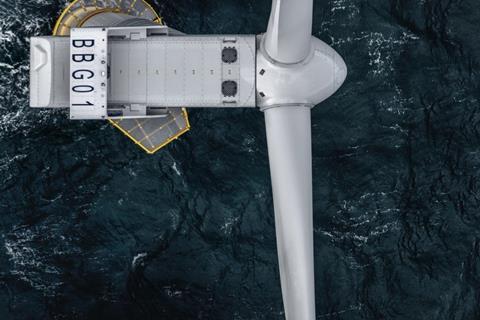
Across the world in 2023, the industry connected 11 GW of offshore wind capacity to the grid – a 24 percent year-on-year increase and the sector’s second-best year ever despite headwinds in key markets. In total, 75.2 GW of offshore wind capacity is now in situ.
Signals from around the world show growing momentum in the sector, with governments pledging to install 380 GW of offshore wind energy capacity by 2030 and 2,000 GW by 2050. In the next 10 years, GWEC forecasts that 410 GW of new capacity will be installed, bringing offshore wind deployment in line with the 2030 target.
The majority of that capacity will come at the turn of the decade, with two-thirds installed between 2029 and 2033. For such a rapid rollout to be realised, the association is calling for greater collaboration between industry and government and the creation of streamlined and effective policy and regulatory frameworks. GWEC has formulated a global growth framework the sector, covering finance, demand and industrial offtake, supply chain, permitting, social consensus, workforce development and grid infrastructure. GWEC’s position is that forecasted growth is at risk if this framework is not implemented.
Such a framework is all the more important, given that a large amount of capacity will be installed by the ‘next generation’ of offshore wind energy markets, such as Australia, Japan, South Korea, the Philippines, Vietnam, Brazil, Colombia, Ireland and Poland.
The report also considers some of the major supply chain challenges that need to be overcome. “While there have been many pieces of encouraging news across the global supply chain, more work is needed to address the practical challenges of size, scale, and installation targets forecast around the world,” said Steven B. Hedlund, president and ceo of Lincoln Electric, a contributor to the report. “Our experience in this industry and others has shown that the keys to unlocking the full capacity of the supply chain are manufacturing process innovation and advanced automation technology, which drive profitable project execution. Equally essential to success is the acquisition and retention of a highly skilled workforce in the trades required to execute these projects.”
It also painted a slightly more subdued picture of the immediate prospects for floating wind energy. Feng Zhao, chief research officer at GWEC, highlighted that market intelligence shows that the commercialisation of floating wind is unlikely to be achieved until the end of this decade (2029/2030). “We have, therefore, downgraded the global floating wind forecast and predict 8.5 GW to be built globally by 2030, 22 percent lower than last year’s projection.”
Ben Backwell, ceo of GWEC, remained bullish on the overall picture, however: “Offshore wind is now so much more than a European, Chinese or American story. In the last year, GWEC has seen rapid progress in new markets where the key drivers for offshore wind are now in place – from government commitments to sustainable economic growth to increased consumer demand and industrial decarbonisation.”
Rebecca Williams, chief strategy officer – offshore wind at GWEC, said that governments around the world are choosing offshore wind for their people and their economies. “We have reached the point in mature markets where the technology is now proven to have the ability to save households money versus conventional energy sources.
“This new wave of offshore wind markets are taking notice and making progress of their own, in some cases outgrowing the ‘emerging’ label thanks to strong collaboration between industry and policymakers. It is vital to continue that cooperation, particularly in this year of significant elections around the world, to ensure targets become turbines and more markets develop in the wake of this decade’s expansion.”

